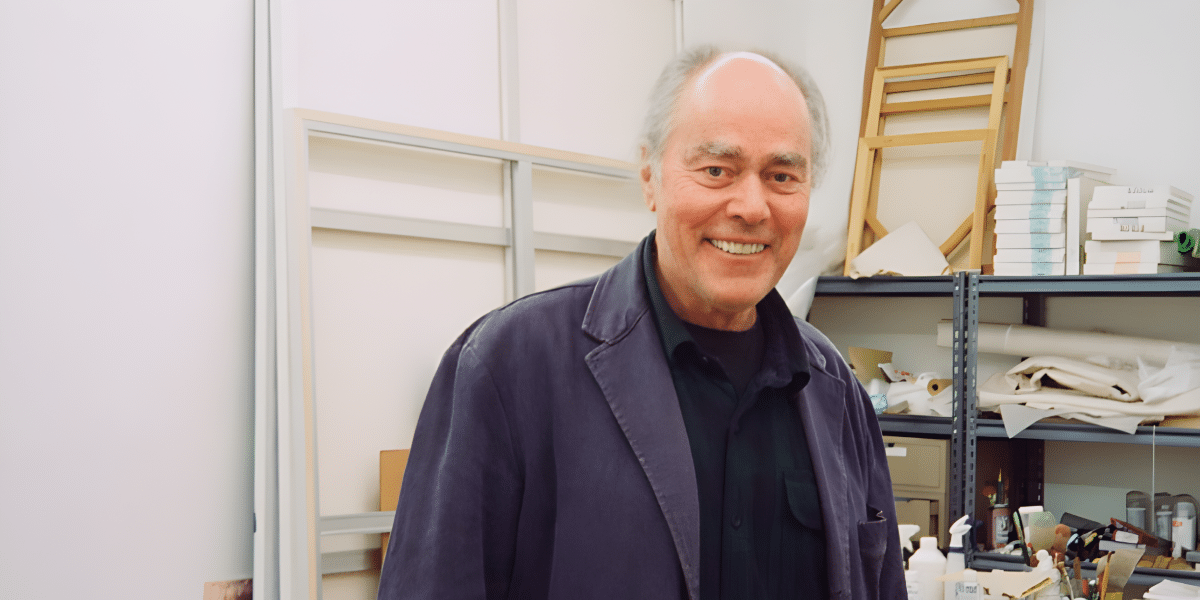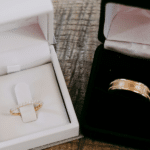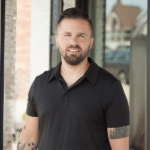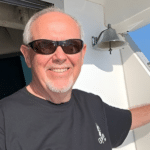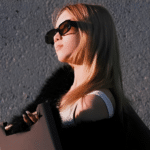By: Maria Williams
Vincent van Gogh once said, “I am seeking, I am striving, I am in it with all my heart.” This sentiment captures the journey of Thomas Lawson, a multifaceted artist who understands life through the lens of art. The Scotland-born has been drawn to art from a young age despite not having a clear path to a career in the field.
His parents, though supportive, couldn’t provide specific guidance in the arts. Thomas also faced resistance when he expressed his desire to study art seriously at his academically inclined high school. This early pushback only strengthened his resolve, however. The determined man took weekend classes at the local art school and continued to pursue art alongside his academic studies.
Thomas later earned a place at the University of St. Andrews, where he participated in establishing an art club. He also persuaded the university to allow an unused school building to serve as a studio space, illustrating his dedication to making a positive impact. After obtaining his undergraduate degree, he went to the University of Edinburgh to study modern art history which included 18th-century art and architecture.
These experiences broadened his understanding of modern and contemporary art. Thomas’ exposure to contemporary art projects, especially those organized by Scottish art impresario Richard Demarco, and the memorable performances of German artist Joseph Beuys also reinforced his passion to immerse himself more in the field.
Recognizing that his ambitions required him to explore outside of his homeland, Thomas found himself in London. Unfortunately, he deemed the cultural climate unwelcoming for a Scottish artist. An opportunity to move to New York emerged when he was encouraged to interview the renowned American painter and sculptor Jasper Johns for his graduate thesis. This brought Thomas to New York, where the city’s vibrant art scene captured him.
In 1975, the aspiring artist moved to New York, seeking a community to challenge and nurture his growth. Thomas quickly became an active participant in the city’s dynamic art world. Here, he thrived as both an artist and a writer. He contributed reviews and essays to prominent art publications such as Art in America and Flash Art by the late 1970s and began showing work in a number of artist-run spaces.
Four years following his move to New York, Thomas co-founded the REALLIFE Magazine with his wife, Susan Morgan. This publication became a crucial platform for emerging artists of the time. It served as a space to explore and reinvestigate the power of imagery in a period dominated by conceptual art. Throughout the decade, Thomas exhibited his work regularly at notable galleries in New York, Los Angeles, and London. Following this he also began creating public art projects, including temporary murals in various cities across the United States and the United Kingdom.
During this decade Thomas partially supported himself by teaching at various art schools on the East Coast and began thinking about the importance of art education. The rising artist’s career took a turn when he accepted the opportunity of a full-time position at the California Institute of the Arts (CalArts) which allowed him to directly influence the way art is taught and discussed. He started as the dean of the School of Art in 1991, nurturing new generations of artists. “I view teaching as an important aspect of my artistic practice,” Thomas shares. “I aim to bridge the gap between making art and teaching it because I recognize the profound relationship between the two.”
Interestingly, his tenure at CalArts coincided with a period of personal artistic renewal. A survey exhibition in Glasgow along with the passing of his parents, prompted Thomas to reexamine his studio work and rethink his relationship with the United Kingdom and the British art world. He was the co-selector for the British Art Show in 1995 which was the first institutional recognition of the YBA phenomenon. During the later years of the decade, he began a multifaceted project that included books and painting installations developed from research in the national archives.
The early 2000s was even more exhilarating for Thomas, as his interest in painting was reignited. His editorial work continued with the London-based journal Afterall, where he served as co-editor until 2009. Thomas maintained a presence in Los Angeles and New York galleries while contributing essays on several contemporary painters. His work was recognized by the John Simon Guggenheim Memorial Foundation, an organization that grants awards to exceptional artists, scholars, and scientists.
The accomplished professional launched East of Borneo, an online magazine and archive on the art and cultural history of Los Angeles, in the same year. This platform allowed him to delve more into the artistic contributions of CalArts and the broader Los Angeles art scene. At this time, he also curated projects that connected historical and contemporary art practices, including a symposium on experimental pedagogies at CalArts and a community-centered book project in South LA.
The worldwide pandemic that hit in 2020 caused disruptions in the cultural art scene, but Thomas has continued to paint and write. When asked about his motivation, the artist answers, “I’ve lived in Los Angeles for almost 35 years now, yet I still can’t fully grasp how amazing it is that when you walk around the streets, there is always the possibility of finding something unexpected—something that would inspire you to explore complex ideas and themes.”
Ultimately, Thomas Lawson remains committed to artistic and intellectual exploration, whether on canvas, in the classroom, or through the written word. With a passionate spirit, he continues to inspire new generations of artists while contributing to the advancement of modern art.
Published by: Holy Minoza


